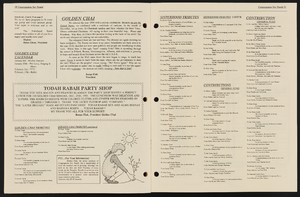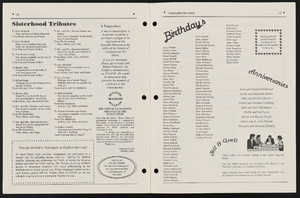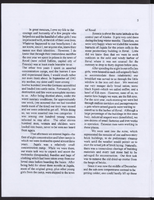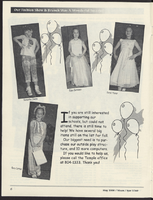Search the Special Collections and Archives Portal
Search Results

Holocaust Education Conference program, 1997
Date
1997
Archival Collection
Description
Booklet program from the Holocaust Education Conference, 1997.
Text
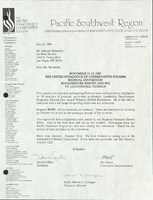
Minutes from Temple Beth Sholom Board of Directors meetings, July 1993 - December 1993
Date
1993
Archival Collection
Description
Meeting minutes include reports from committees of the board, correspondence, and balance sheets.
Text
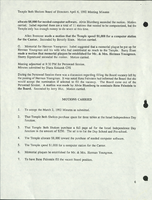
Minutes from Temple Beth Sholom Board of Directors meetings, April 1992 - August 1992
Date
1992
Archival Collection
Description
Meeting minutes include reports from committees of the board, correspondence, and balance sheets.
Text

Compilation of writings from the Holocaust Survivors' Group, circa 1998
Date
1988
Archival Collection
Description
Bound compilation of four issues of the Holocaust Survivors' Group essays and poems.
Text
Pagination
Refine my results
Content Type
Creator or Contributor
Subject
Archival Collection
Digital Project
Resource Type
Year
Material Type
Place
Language
Records Classification

